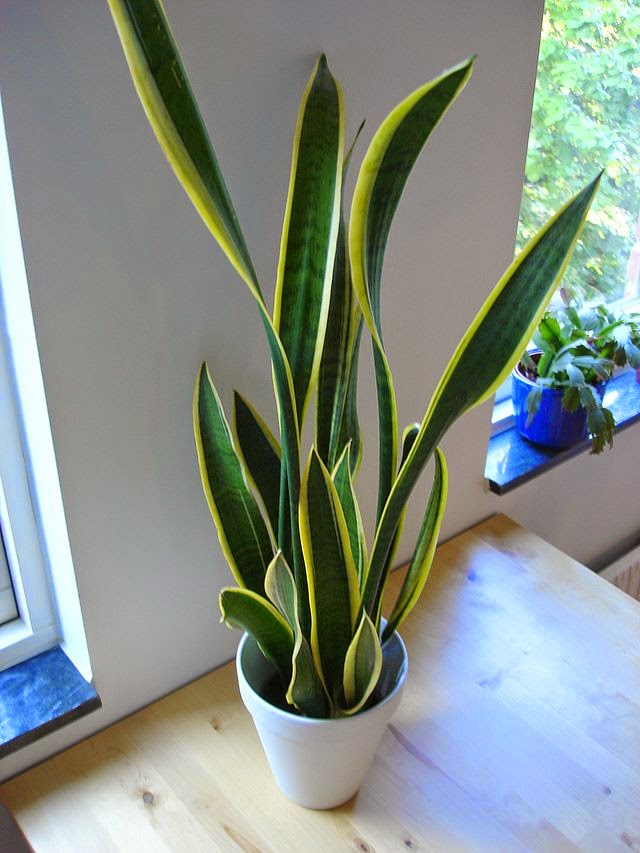Popular Posts
-
What kind of crazy person blogs about not having enough time to blog as much as they'd like...and then starts another blog?...
-
I've got a new office and it leaves a little to be desired in the view department. I'm not complaining at all, it's just a fact....
-
It's time to hit up your local Value Village folks. Macramé plant hangers have just turned the corner from desperately-out-of-style t...
-
Friends, I'm so pumped up today. I've got some pretty exciting projects on the horizon that I can't wait to kick off. The bigges...
-
In a previous job, everyday when I arrived to work it was Christmas. Literally the showroom always had a Christmas section, there was no ...








